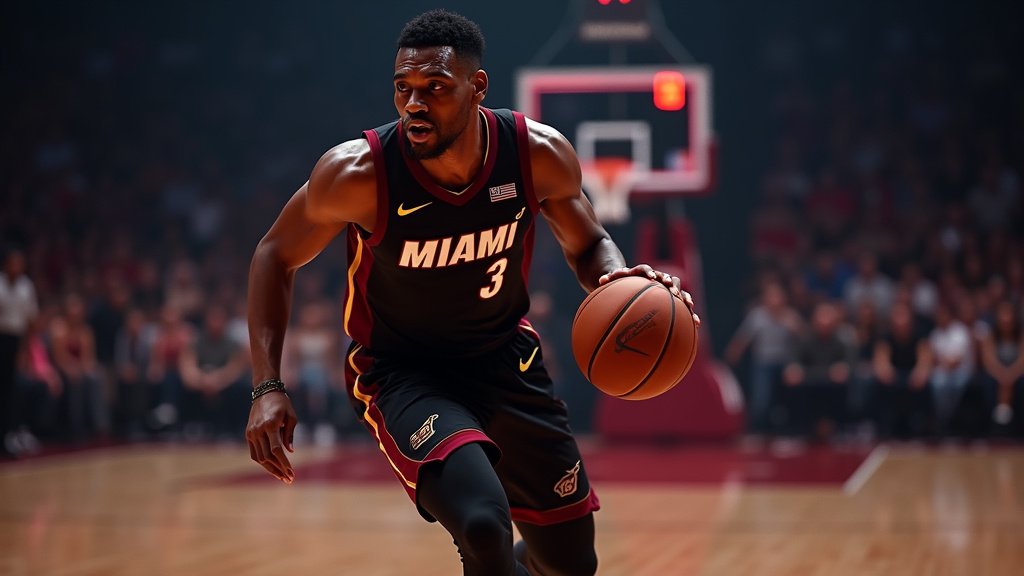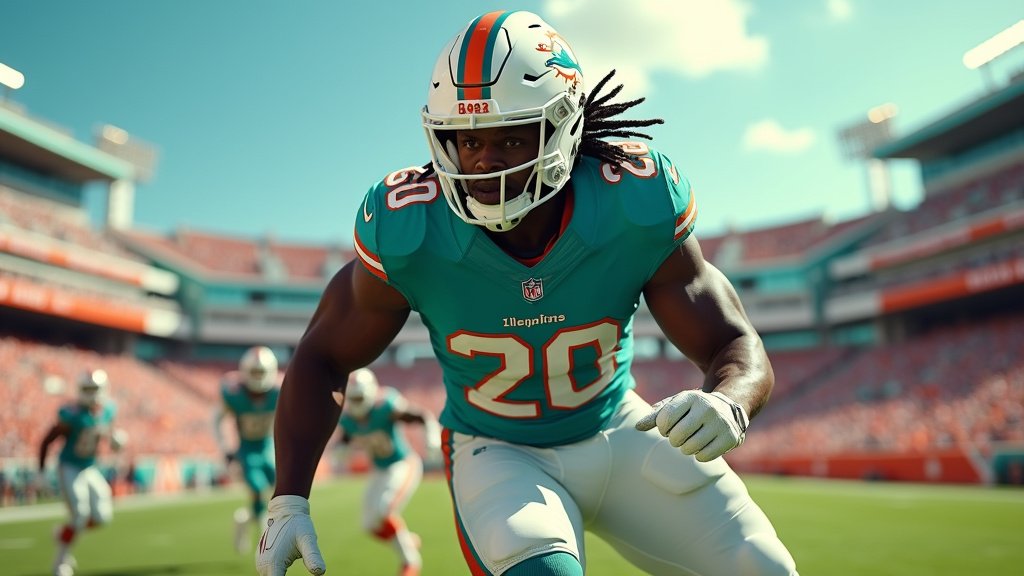The Miami Heat organization officially entered a critical juncture of its 2025 offseason, a period now clearly defined by strategic decisions and the immediate need to pivot following the unsuccessful pursuit of future Hall of Famer Kevin Durant.
The offseason threshold was crossed for the Heat when the Oklahoma City Thunder claimed the 2025 NBA championship, marking the formal conclusion of the league’s competitive calendar. Just days later, on May 9, 2025, Heat President Pat Riley addressed the media, providing initial insights into the team’s direction and setting the stage for the busy weeks ahead.
Central to the narrative leading up to this point was the highly anticipated, yet ultimately fruitless, attempt by Miami to acquire Durant. The veteran superstar was a prime target for numerous teams across the league, and despite Miami’s interest and apparent efforts, Durant was ultimately traded to the Houston Rockets. This outcome redirected Miami’s immediate focus from blockbuster trade scenarios to the meticulous planning required for the NBA Draft and the opening of free agency.
A Crucial Calendar Week Begins
The Heat now face a compressed and exceptionally important week filled with key deadlines and negotiation opportunities. This pivotal stretch commenced on Monday, June 23rd, marking the earliest date teams were permitted to engage in preliminary contract negotiations with certain players.
This initial negotiation window is immediately followed by the two-day NBA Draft. Scheduled for Wednesday, June 25th, and Thursday, June 26th, the draft represents a vital opportunity for Miami to replenish its roster with young talent, either through selecting players or executing trades involving draft capital or existing players.
The culmination of this intense period arrives shortly thereafter, with numerous contract deadlines preceding the league-wide opening of free agency on June 30th. This date signifies the point when teams can officially begin signing free agents, a period often characterized by rapid developments and significant roster restructuring across the NBA.
Personnel Priority: The Alec Burks Situation
One of the immediate personnel matters for the Heat, allowed to commence negotiations on Monday, June 23rd, involves guard Alec Burks. Burks, aged 33, joined the Heat last summer on a one-year veteran minimum contract. His performance and fit within the team’s structure appear to have been satisfactory, as the veteran guard has publicly expressed a desire to re-sign with Miami.
Given his age and recent contract history, it is widely anticipated that any potential new agreement with Burks would likely be another minimum deal. Securing Burks could provide Miami with a known quantity for backcourt depth, offering reliable shooting and experience at a relatively low cost, allowing the team to allocate its more significant financial resources elsewhere.
The Strategic Decision on Kel’el Ware
Perhaps one of the most significant internal strategic decisions highlighted by the aftermath of the Durant pursuit involves young center Kel’el Ware. The original news item underscores the fact that the Heat ultimately retained Ware, choosing not to include him in a trade package for the 37-year-old Durant.
This decision represents a classic inflection point for an organization: the choice between leveraging a promising young asset for immediate, albeit short-term, championship contention via a veteran star, versus retaining that asset to develop for the team’s future core. Ware’s potential represents a pathway for sustainable growth and future competitiveness, contrasting sharply with the win-now imperative that acquiring a player like Durant would have embodied.
The fact that Miami held onto Ware suggests a calculated decision by the front office to protect certain long-term assets, even while exploring opportunities for immediate upgrades. Weighing the value of Ware’s developmental trajectory against the temporary boost from a 37-year-old star, even one of Durant’s caliber, was clearly a critical assessment for the Heat’s strategic planning group.
Riley’s Post-Season Assessment
Pat Riley’s media availability on May 9, 2025, served as the official starting gun for Miami’s offseason operations. His comments likely set the tone and outlined the organizational priorities, acknowledging the realities of the market and the team’s position heading into the crucial summer months.
Missing out on a transformative player like Durant undeniably impacts the scale of immediate expectations, but it also potentially frees up assets and strategic pathways that would have been closed had a trade been completed. Riley and the Heat front office must now navigate the draft and free agency with precision, aiming to build a competitive roster through different avenues.
Looking Ahead: Draft and Free Agency Imperatives
With the draft looming and free agency on the horizon, the Heat’s priorities will likely center on addressing roster needs, managing salary cap implications, and potentially identifying undervalued free agents or trade targets. The outcome of the Burks negotiation and the future role of Kel’el Ware are just two pieces of a larger puzzle.
The draft provides an opportunity to acquire cost-controlled talent that aligns with the team’s development philosophy. Free agency allows for targeted additions to fill specific positional gaps or acquire players who can contribute immediately. The decisions made on June 25th, June 26th, and especially from June 30th onwards will largely shape the Heat’s competitiveness for the upcoming season.
This week, starting with the negotiation period on June 23rd and rolling through the draft and into the prelude to free agency, is arguably the most vital stretch of the Miami Heat’s 2025 offseason. The failure to land Kevin Durant necessitates a redoubled effort in these traditional roster-building avenues, as the organization looks to solidify its foundation and chart a course back towards championship contention.





